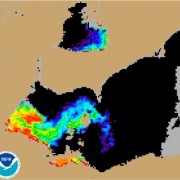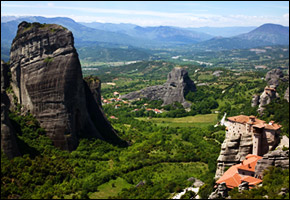Water Unravels the Threads of Time

Radiocarbon dating reveals the age of organic materials, but fire and water can be just as significant for dating ceramic materials. A research team from Edinburgh and Manchester universities in the United Kingdom has discovered a new archaeological dating method that uses water and fire to unlock the “internal clocks” of objects and that could potentially help in climate change studies, the BBC reported Wednesday.
The technique can be used to date ceramic objects such as brick, tile and pottery that are up to 2,000 years old. The researchers have determined the age of artifacts from the Roman, Medieval and Modern periods with “remarkable accuracy.” For example, they calculated a Roman brick sample with a known age of about 2000 years to be 2,001 years old.
The so-called “rehydroxylation dating” involves measuring the mass of a ceramic sample and heating it in a furnace to remove the water taken-on throughout its lifetime. Using a special device to weigh the sample, researchers can measure the precise rate at which the material will recombine with water over time and thus regain the mass lost during heating.
According to Dr. Moira Wilson -– the leader of the research –- the method can also be used to “establish the mean temperature of a material over its lifetime.”
“If a precise date of firing were known, this could potentially be useful in climate change studies,” she said.
Source: the BBC
, a Bulgaria native, is a Chicago-based reporter for Circle of Blue. She co-writes The Stream, a daily digest of international water news trends.
Interests: Europe, China, Environmental Policy, International Security.







Leave a Reply
Want to join the discussion?Feel free to contribute!